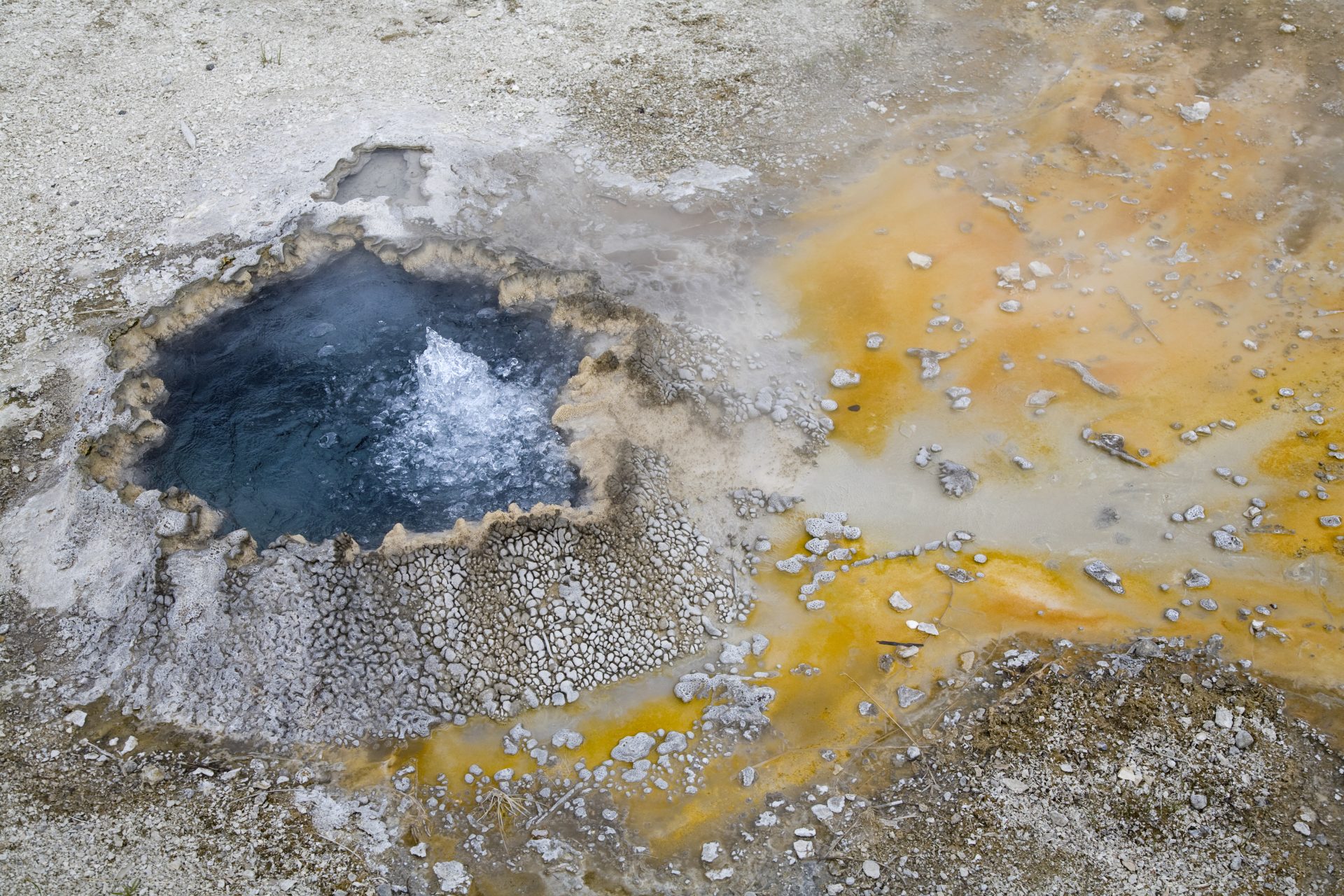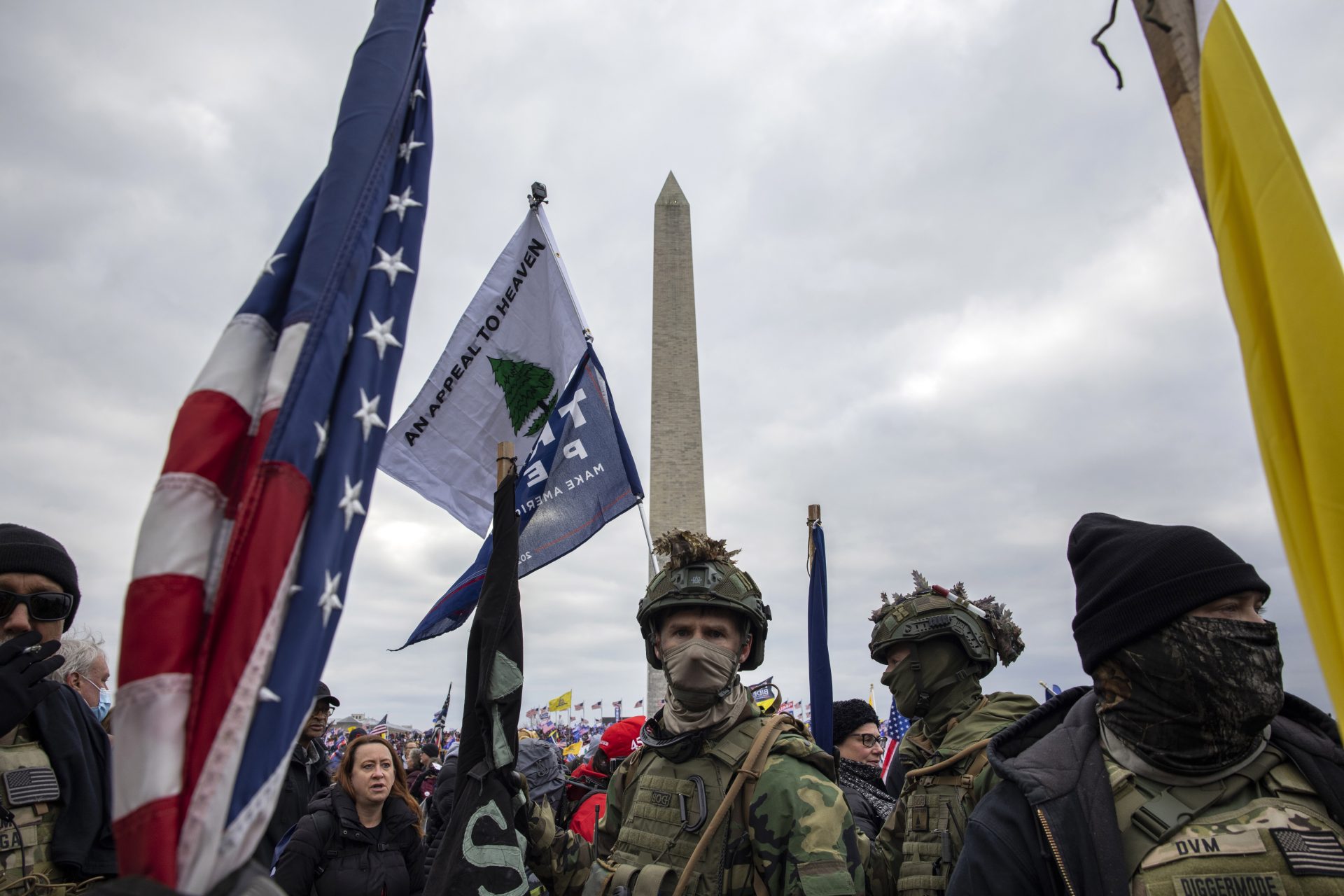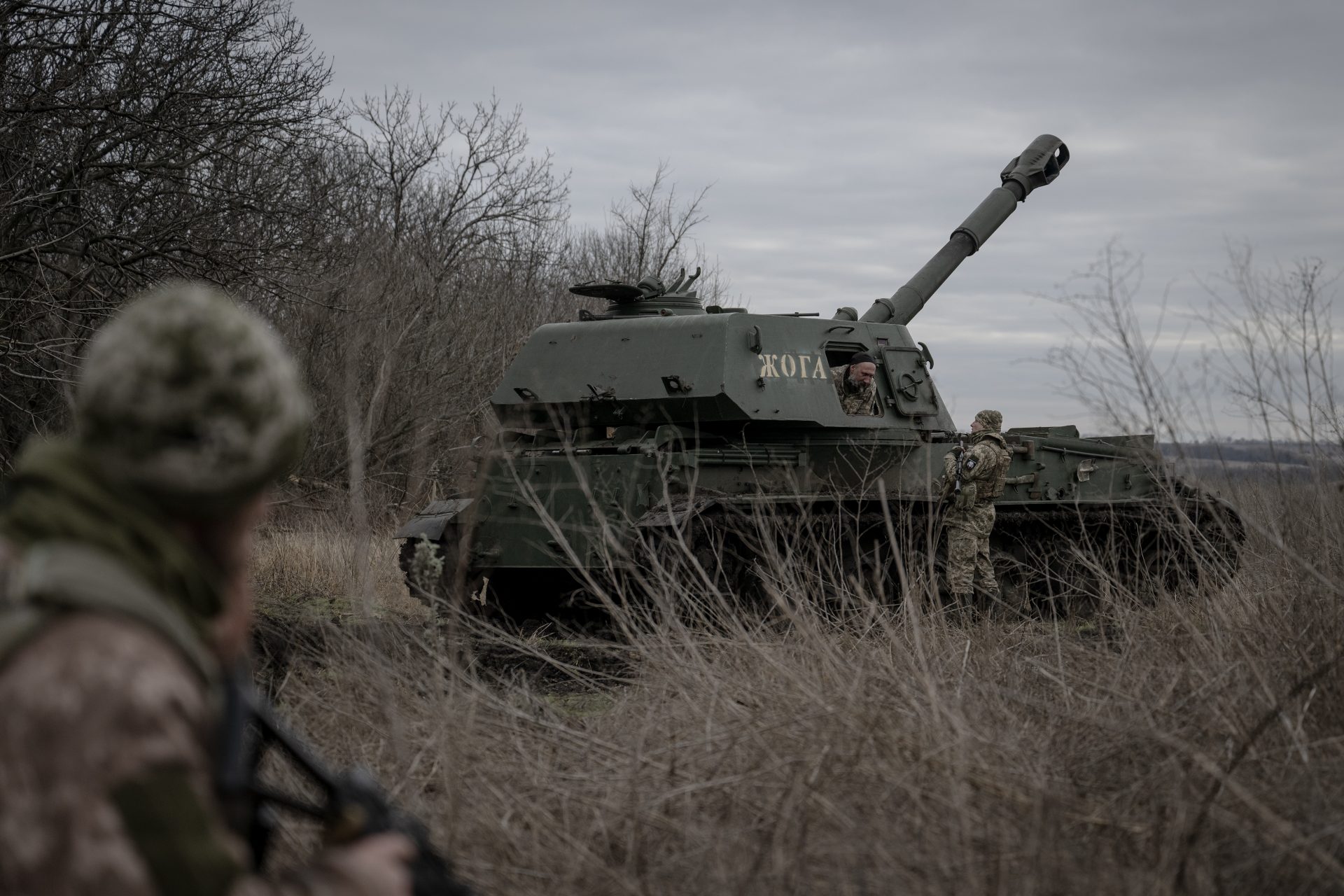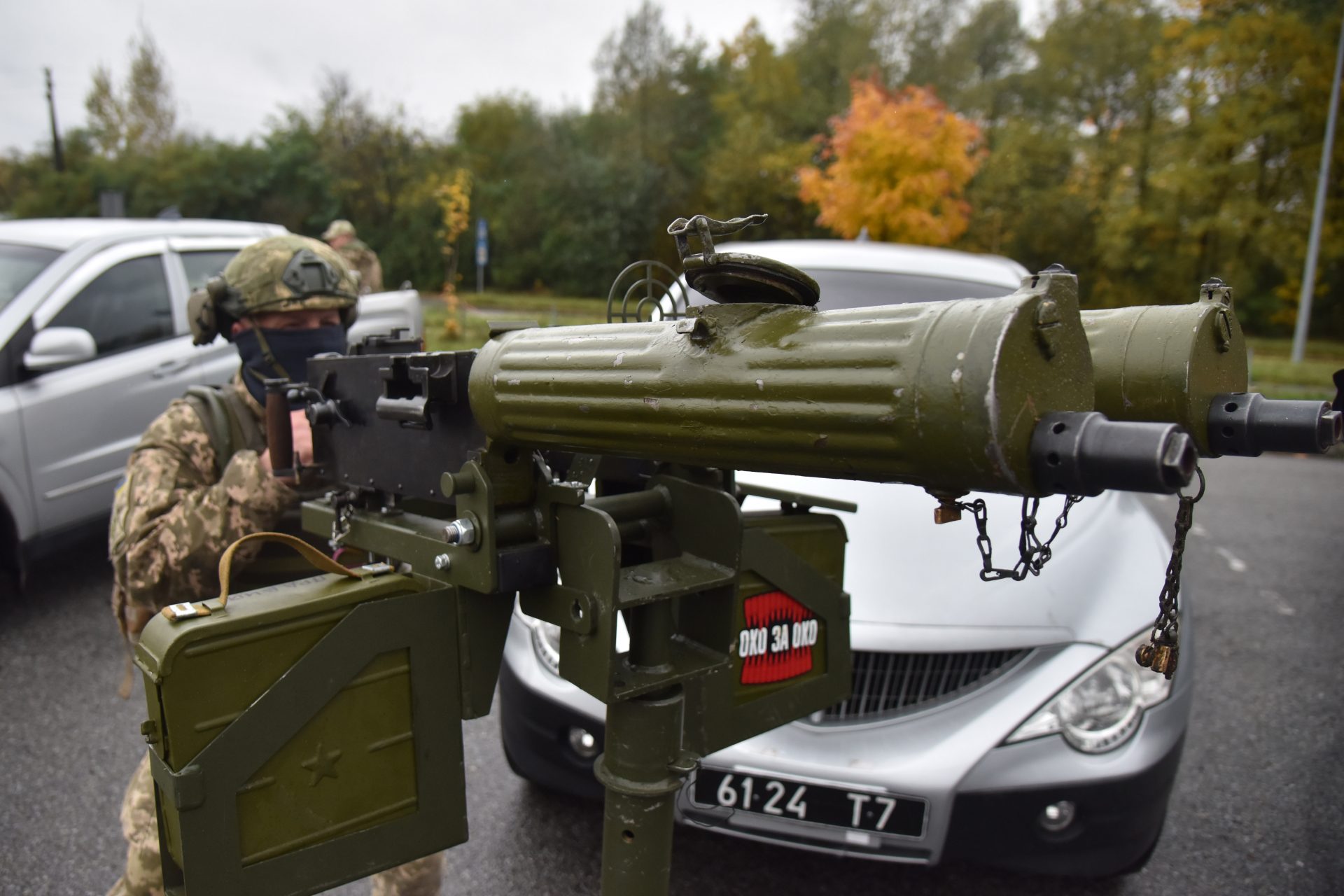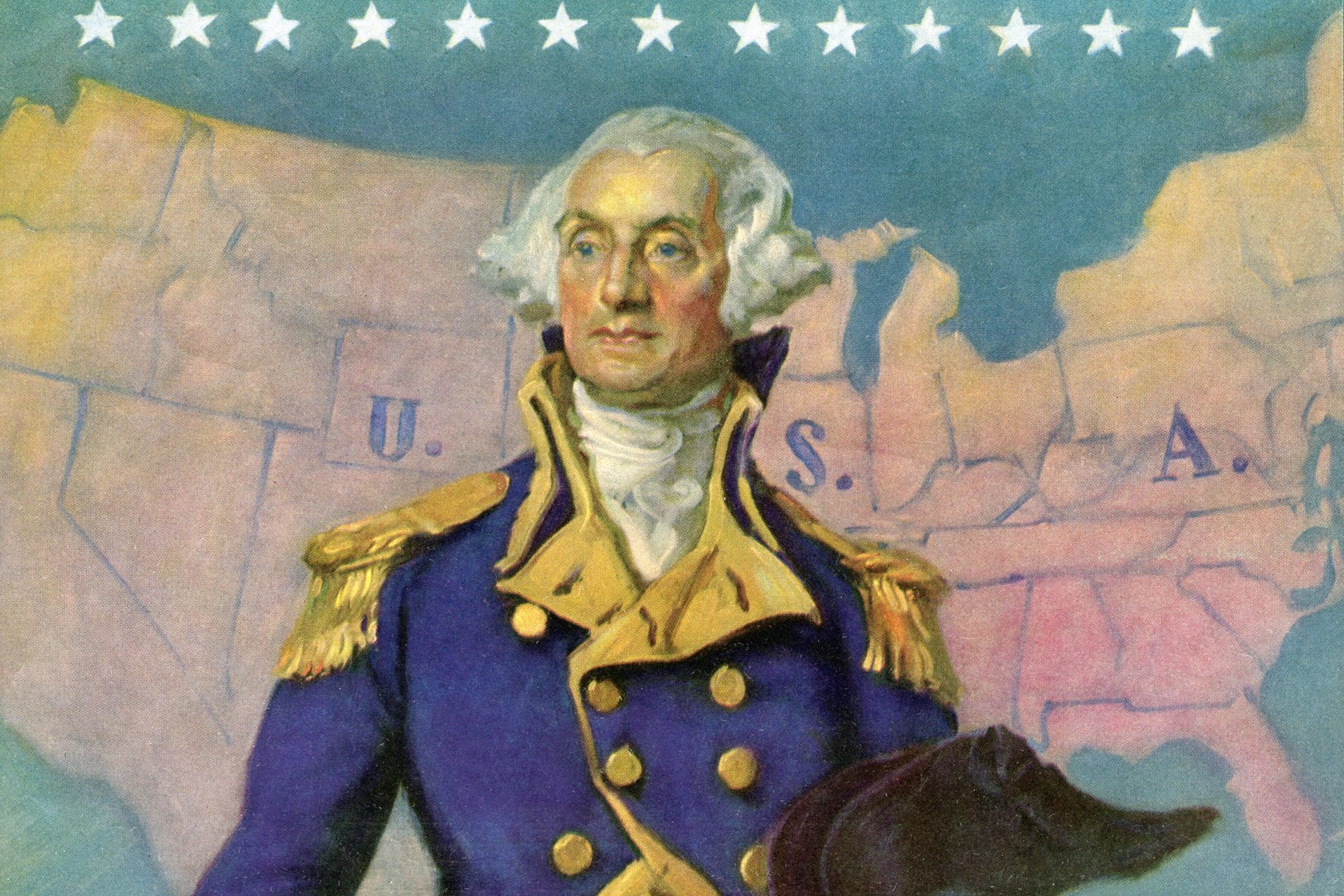Yellowstone supervolcano eruption could trigger 'nuclear winter' and mass deaths
There is a natural wonder in the United States that could one day cause the death of thousands. Many people visit this spectacular site each year and likely don't realize just how dangerous it is.
One of the magma reservoirs underneath the Yellowstone Caldera, a huge crater and supervolcano, holds a lot more liquid molten rock than scientists previously estimated, suggests research published in Science.
The amount of melted rock beneath a volcano helps researchers determine how close it might be to erupting.
Photo: Marc Szeglat/Unsplash
Magma consists of rocks and crystals at varying stages of solidity; the more melted, or liquid, the magma is, the more likely a volcano is to erupt.
Photo: Marc Szeglat/Unsplash
Two large reservoirs full of magma exist beneath the Yellowstone Caldera: one that’s about three to ten miles beneath the surface, and another that’s 12 to 30 miles below ground.
Based on previous research, scientists thought the shallower reservoir was mostly solid, with just 5 to 15% melted rock.
Photo: Toby Elliott/Unsplash
But after using powerful supercomputers to re-analyze existing seismic data from the past 20 years, they believe that proportion is actually 16 to 20%.
That’s still well below the threshold of liquid magma that scientists believe would trigger an eruption (about 35 to 50%).
Scientists said that an eruption from Yellowstone’s supervolcano could blanket the United States in a “nuclear winter,” as it could release a ten-foot-tall layer of molten ash 1,000 miles from the park.
Furthermore, the eruption could kill around 90,000 people almost instantly.
Luckily, according to the findings, scientists concluded that Yellowstone’s supervolcano is unlikely to erupt anytime in the near future.
Photo: Simon Hurry/Unsplash
So while the new findings don’t change the volcano’s risk level, scientists say they now have a more accurate understanding of what was already there.
“It’s a bit like getting a new lens on an old camera,” said Michael Poland, a research geophysicist to the New York Times. “It’s the same camera, but you’ve got finer resolution now. You see with more clarity.”
The Yellowstone supervolcano, located in northwestern Wyoming in Yellowstone National Park, is one of the largest volcanoes in the world.
Photo: Mariona Grobelska/Unsplash
It’s erupted multiple times over the past 2.1 million years, including three massive eruptions that smothered the surrounding landscape in ash.
The Yellowstone Caldera, which spans 30 by 45 miles wide, formed during one of those eruptions roughly 631,000 years ago.
Photo: Katy McCray/Unsplash
The area is under constant observation by the United States Geological Survey (USGS) and the Yellowstone Volcano Observatory, which should mean that further warning signs are picked up well in advance.
More for you
Top Stories



